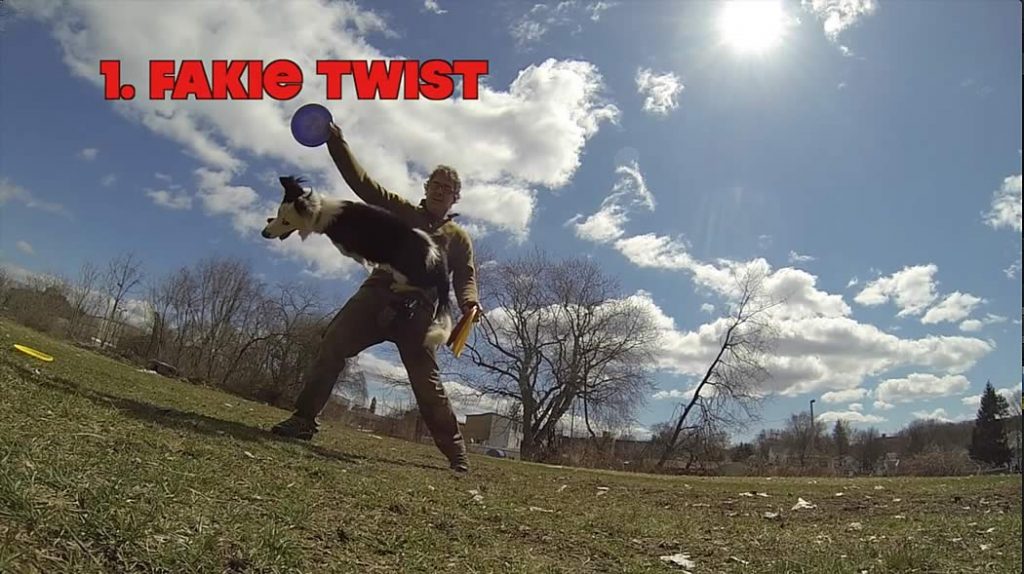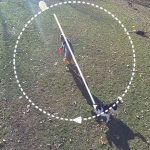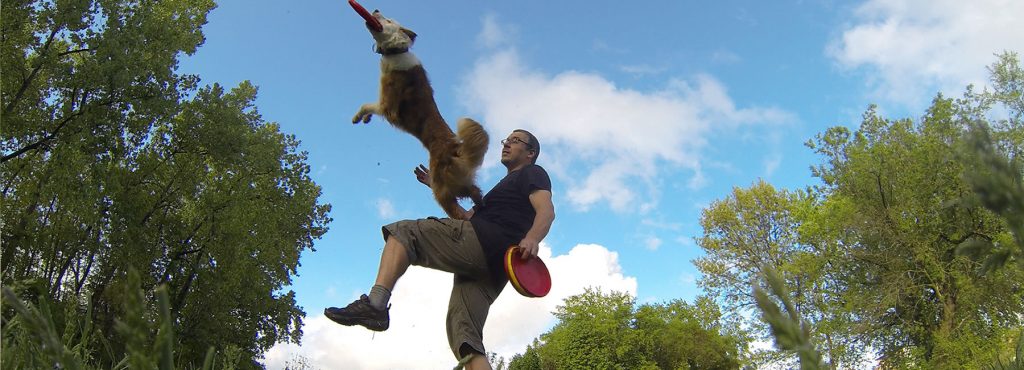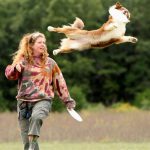
Jam in a Flash – The Lesson of the Jam
Getting a fresh new sequence is totally the goal of a Flash Jam, but it’s not the only goal, it might not even be the important one.
Many jams whipped up by our site or your cards are not going to be keepers. There are going to be a lot of lame sequences that get generated by the luck of the draw, much like everyone gets their fair share of crappy hands when playing poker. But unlike poker, there is no need to fold. PlayPlay is willing, self-induced engagement in, and the experience of, novel, consequent opportunity. More it out and you might find a lesson that is far more valuable than any sequence could be.
Today’s jam is a good illustration of that. As far as sequences go, it’s not very good, but whoa! what a lesson.
Conflating Moves
Some tricks are very similar and they are hard to differentiate from one another. The first two moves in this sequence are a great illustration of this problem: Fakie An athletic Set Up Move, the Fakie is a flip off of the handler's body (normally the chest) with no disc in flight or intended to be caught. It is usually named by... More Twist and Carom.
An athletic Set Up Move, the Fakie is a flip off of the handler's body (normally the chest) with no disc in flight or intended to be caught. It is usually named by... More Twist and Carom.
The difference between a Fakie Twist and a Carom are pretty small. Both are flips of the handler’s body and both (in this case) happen to flip in the same direction. The likelihood of dog and handler having trouble discriminating these tricks from each other is quite high.
When I drew them back to back, I was a bit concerned. Fortunately this ain’t my first rodeo, and I’m pretty cool with handling these scary situations without freaking out or refusing to do them out of fear of ruining one of them. While I was concerned about looking terrible on camera and ruining the jam, I was pretty confident that my moves would not be damaged. In fact, I got a bit excited, as I was pretty sure that slapping these two tricks right next to one another was not going cause trouble due to conflation, but it was going to solve the conflation problem entirely.
From Conflation to Clarity
People are often quite scared of conflation. Many are reluctant to put moves that are similar next to each other or are afraid to teach them at the same time. A good illustration is Spin (clock) and Twist (counter). Often, the handler decides to separate them when teaching. So it goes Spin, spin, spin, etc. as a complete session. Then there is a break and then it’s Twist, twist Spins and Twists are tricks where the dog spins 360 degrees in a clockwise or counter clockwise fashion. Spin is clockwise and Twist is counter clockwise so it is important to have a... More, twist, etc. The idea is that the Spin and Twist are too similar and there will be confusion if they are taught at the same time. This is often an irrational fear.
Spins and Twists are tricks where the dog spins 360 degrees in a clockwise or counter clockwise fashion. Spin is clockwise and Twist is counter clockwise so it is important to have a... More, twist, etc. The idea is that the Spin and Twist are too similar and there will be confusion if they are taught at the same time. This is often an irrational fear.
Putting moves that are easily conflated right next to each other often solves the problem of conflation altogether. This vs that, right next to each other, often serves to separate the tricks. This trick is done thusly, and that trick is done just a bit differently.
In the case of the Fakie vs the Carom. The Fakie is a full flip off the handler that resolves with the dog facing the handler in Front Front is a stable position directly in front of the handler. Front is an traditional obedience skill. Usually your dog sits in this position, but standing is often acceptable as well, especially in... More position. The Carom is a rebound
Front is a stable position directly in front of the handler. Front is an traditional obedience skill. Usually your dog sits in this position, but standing is often acceptable as well, especially in... More position. The Carom is a rebound A Reverse Vault is a vault in which the dog flips off the handler’s body. The Reverse Vault, aka Rebound, can be done off of any part of the body, and the part... More off the handler that finishes with the dog on a Working Flank
A Reverse Vault is a vault in which the dog flips off the handler’s body. The Reverse Vault, aka Rebound, can be done off of any part of the body, and the part... More off the handler that finishes with the dog on a Working Flank The Working Flank is a moving position. On a Working Flank the dog is out to your side some distance and holds position, moving with you as you move around the field. The... More. The resolutions of these two behaviors are incompatible with one another. They are similar, but they finish in a completely different manner. Putting them next to each other creates a clear understanding of this distinction. “Oh, you mean a Fakie finishes here in front of you and the Carom finishes with me out there chasing a disc? Sweet! Thanks, man, I never knew that.”
The Working Flank is a moving position. On a Working Flank the dog is out to your side some distance and holds position, moving with you as you move around the field. The... More. The resolutions of these two behaviors are incompatible with one another. They are similar, but they finish in a completely different manner. Putting them next to each other creates a clear understanding of this distinction. “Oh, you mean a Fakie finishes here in front of you and the Carom finishes with me out there chasing a disc? Sweet! Thanks, man, I never knew that.”
Leverage Reward Placement
Loot was tired during this sequence, and that was a major contributor to quitting early, but the more important reason for me knocking off with this sequence was that I realized that the Bite after the Carom was going to pose Posing is a communication tool for throwing discs to dogs (or people). A pose is a frozen moment of a throw; a key moment of the backswing perhaps, or a flashy presentation of... More a problem in creating the daylight between the two moves.
Posing is a communication tool for throwing discs to dogs (or people). A pose is a frozen moment of a throw; a key moment of the backswing perhaps, or a flashy presentation of... More a problem in creating the daylight between the two moves.
The Carom finishes with the dog on the Flank Out to the side of the handler is the Flank. If the dog is out to the handler's right or left the dog is on Flank. If the dog is moving with the... More, and the reward placement of the Bite is incompatible with the Flank. The Bite happens on the handler. This reward placement will kill the Working Flank and will make the dog flip too hard to be efficient in hitting the Bite.
Out to the side of the handler is the Flank. If the dog is out to the handler's right or left the dog is on Flank. If the dog is moving with the... More, and the reward placement of the Bite is incompatible with the Flank. The Bite happens on the handler. This reward placement will kill the Working Flank and will make the dog flip too hard to be efficient in hitting the Bite.
Fortunately I know this (and now you do too) so I decided that between him being tired and the way the sequence laid out that it was a good idea to stop there.
I noticed that the Carom got a bit Fakie-esque in the few reps we did, so I made the decision to do a few reps of the Fakie to Carom with proper reward placement to ensure that these moves were clearly defined and discriminated from one another.











Responses